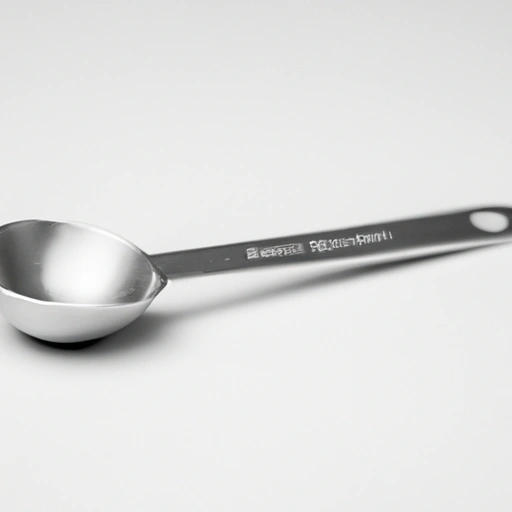Teaspoon
Description

A teaspoon is a unit of volume commonly used in cooking recipes to measure ingredients. In the American measurement system, one teaspoon is equivalent to approximately 5 milliliters or about 4.93 milliliters to be precise. In contrast, the British teaspoon was historically slightly larger at 5.92 milliliters, but in modern recipes, the difference is often negligible. Across various cuisines, the teaspoon serves as a handy tool for measuring smaller quantities of both liquid and dry ingredients with precision.
Common uses
Teaspoons are frequently used for measuring small amounts of seasoning, such as salt, spices, extracts, and leavening agents like baking powder or soda. They are also used to portion servings of condiments like honey, mustard, or hot sauce.
Nutritional value
Calories
As a unit of measure, a teaspoon does not have nutritional value on its own, but it helps accurately measure calorie-dense ingredients.
Protein
N/A
Fat
N/A
Carbohydrates
N/A
Vitamins
N/A
Minerals
N/A
Health benefits
The health benefits of ingredients measured by the teaspoon depend entirely on the individual ingredient being used. Precision in measurement can aid in maintaining a balanced diet.
Potential risks
Overuse of certain ingredients measured in teaspoons, such as sugar or salt, can lead to health risks. It is important to follow recipe guidelines and nutritional recommendations.
Common recipes
Teaspoons are integral in recipes for baked goods, sauces, marinades, and beverages where precise measurements are crucial for the desired outcome.
Cooking methods
Teaspoons are used in various cooking methods, primarily in the preparation stage for measuring ingredients rather than the actual cooking process.
Pairing with other ingredients
The teaspoon pairs well with measuring cups and scales for a full range of measurement tools in the kitchen.
Summary
A teaspoon is a small but essential tool in the culinary world, pivotal for accurate measurement of ingredients. It ensures consistency and precision in recipes, and while it doesn't contribute nutritional value on its own, it plays a critical role in portion control and maintaining the healthiness of a dish. The teaspoon transcends cultural boundaries, making it a staple in kitchens worldwide.